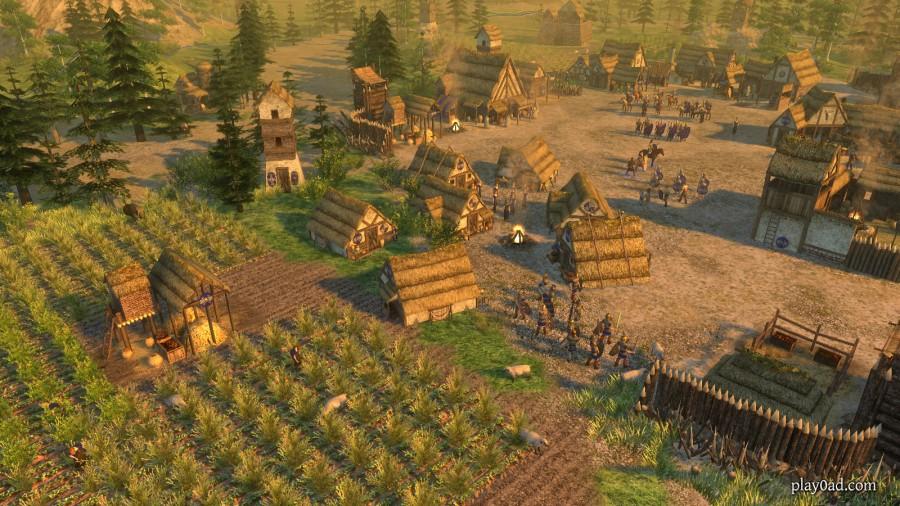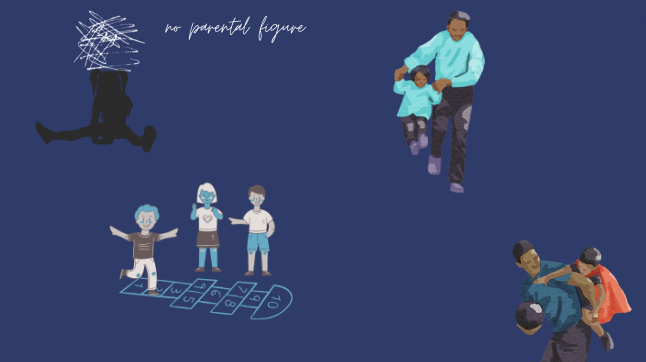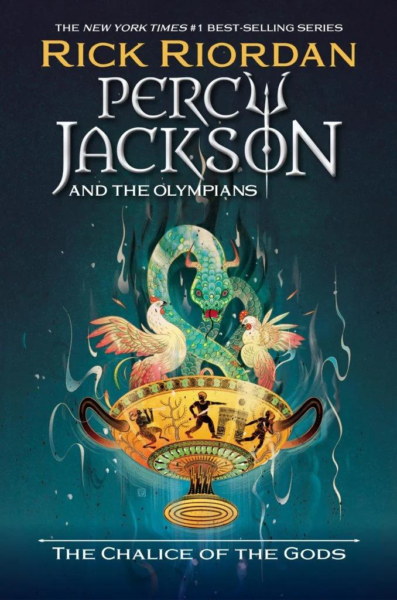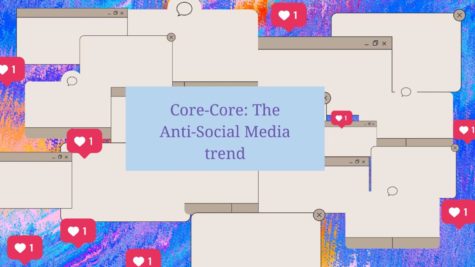Game-based learning improves strategic thinking
Video games offer interactive approaches to critical thinking
Many strategy games, such as the open-source 0AD pictured, challenge players by simulating worlds that mimic a set of historical problems they have to strategize to overcome.
October 19, 2015
High school students and even younger kids are often spending more and more time playing video games than focusing on school work. Around 42% of all americans in 2014 played video games for at the least 3 hours per day, and four out of five american households contain a device in which to play video games. It’s estimated that only 59% of parents set a limit on how much time their children spend playing video games, a total of 1.2 billion people worldwide are actively playing video games, 700 million of those people are playing them online. That’s 17% of the world population that plays video games, 44% of the world’s online population are gamers, and play regularly.
People in the world play video games to pass the time or for entertainment, or simply just for fun. When people play video games there brains react in a way so that during gaming and other activities it activates a part of the brain that makes people impatient , it makes teens feel like they’re are required to finish what they’re are doing. If people don’t it can give them anxiety when most people stop and it will make it hard to concentrate on something because their brain is still focused on the game and can’t bounce back until they completely finish.
Games can teach people important things to live our lives or how to avoid conflict in certain situations. Today there are over hundreds of simulator games simulation on how to do things like driving, farming, even shopping and how to build and run cities and countries. An example of this is Sid Meier’s Civilization V, this is a strategy game takes place at the start of time, start of by picking a country and a historic leader, continuing to progress from around 100 bc to present day building/expanding a civilization creating religion gaining global power it gives the ability to build historic building such as, Stonehenge, the great pyramids, the Sistine Chapel and so on. As most people progress the game gives out historical documents, letters, books, and stories about the time period the game is in some people i know personally know who take World Civilisations in school play this game in their free time to learn from it.
Learning from games depends on the type of game, but not always games that are more entertainment like “Call Of Duty” is more of an entertainment based war game. Other more serious games like “FAA Approved Flight Simulator”, both surprisingly can teach different things just as equally. Harness the power of well-designed games to achieve specific learning goals, and the result is a workforce of highly motivated learners who avidly engage with and practice applying problem-solving skills. To progress in a game is to learn; when we are actively engaged with a game, our minds are experiencing the pleasure of grappling with (and coming to understand) a new system. In contrast, traditional, passive training approaches drill us on certain narrow procedures, and then evaluate us on our memory of what we were told. Even when we successfully retain the lesson’s facts and procedures, our behavior in true to life situations remains untested. In addition, even the most comprehensive training program cannot cover every procedures encounter no matter what In game-based environments, we learn not only the facts but also the importance and a deeper understanding of principles.
Schools, office buildings and other worksites are filled with people who have never known a world without video games, cell phones, and the internet. In the four years between 2006 and 2010, nearly one in five US workers is expected to retire , to be replaced primarily by 18-40 year-olds who grew up with video games. The ideal of interactive, highly-engaging training and education is ancient. A Chinese proverb says: “Tell me, and I’ll forget. Show me, and I may remember. Involve me, and I’ll understand.” However, the gap continues to grow between antiquated, passive training methods and a workforce that lives an ever more interactive, multimedia, user-controlled lifestyle . With game-based learning tools to bridge that gap comes the promise of vastly more productive and engaged students and workers ones who embrace learning rather than view it as a disruptive influence towards students of all ages.















